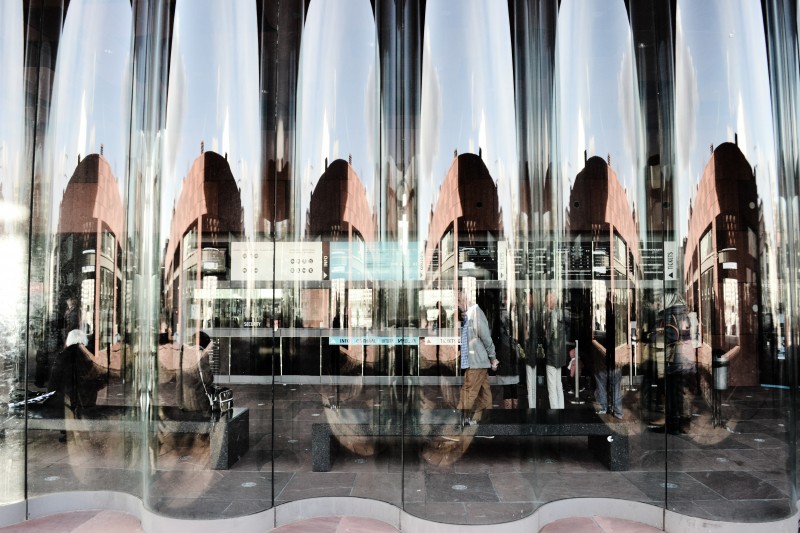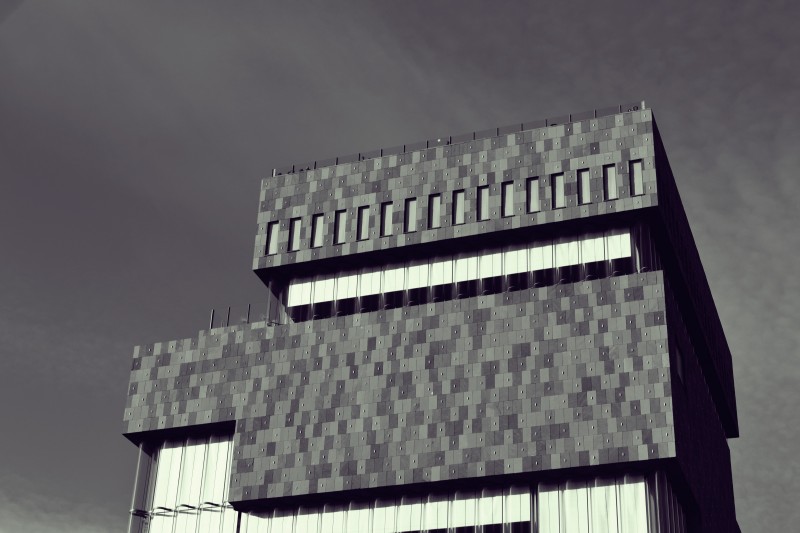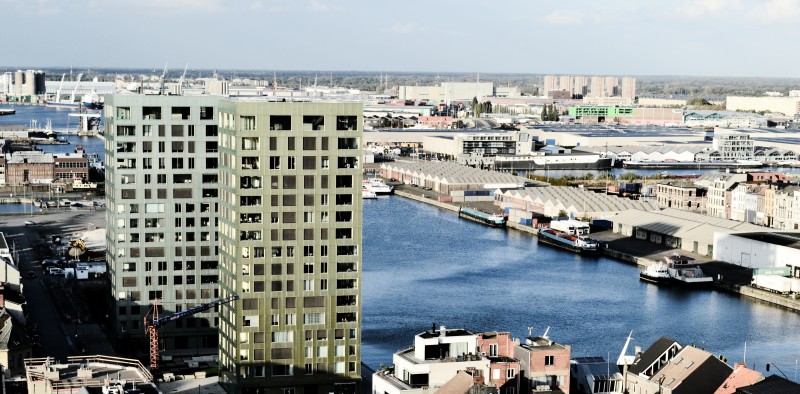As you probably have noticed, we were not very active this Summer. Blog-active that is. And it’s all because of one hot thing: SUMMER. As days get colder and leafs start to fall from the trees, it’s time to start a new season of articles from your dearest Marilyn & Josephine. But for now, I just leave you with some impressions of what went on these last few months!
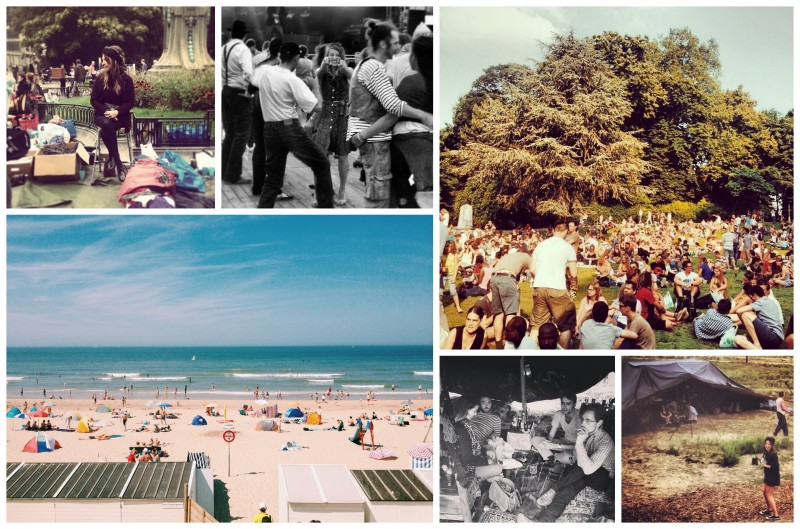 Second hand market, dancing at Remembrance of the Liberation Day, Festival in the Park, Holland Sea Side, chilling at Bar Left.
Second hand market, dancing at Remembrance of the Liberation Day, Festival in the Park, Holland Sea Side, chilling at Bar Left.
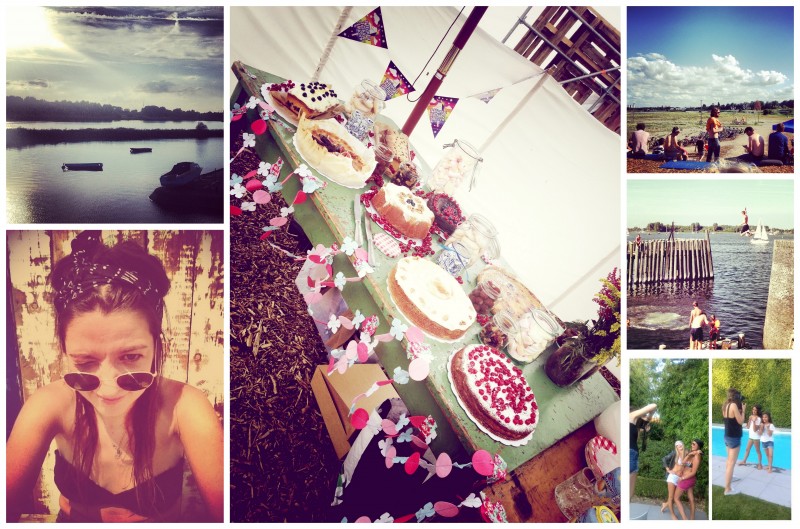 View on the Galgeweel Lake on the Left Bank of Antwerp, homemade cake for SunCake Day @ Bar Left, jumping in the river in Holland, shooting at the poolside for BE-By Magali Pinchasi
View on the Galgeweel Lake on the Left Bank of Antwerp, homemade cake for SunCake Day @ Bar Left, jumping in the river in Holland, shooting at the poolside for BE-By Magali Pinchasi
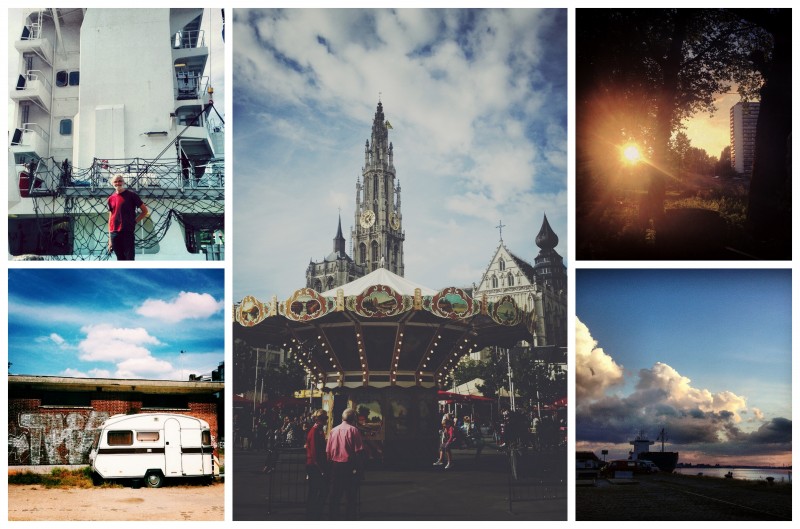 Dad posing in front of some tall ship in the Antwerp harbor, and some nice Antwerp views.
Dad posing in front of some tall ship in the Antwerp harbor, and some nice Antwerp views.
 On the roof of the MAS Museum, sipping on milkshakes with friends, losing my clothes to boys at Bar Left, summer legs, some more shooting for Frederick Schnieders, flowertime at the market place.
On the roof of the MAS Museum, sipping on milkshakes with friends, losing my clothes to boys at Bar Left, summer legs, some more shooting for Frederick Schnieders, flowertime at the market place.
I hope you all had a great summer as well. We are fully recharged and ready for autumn. Well… kinda. Time for sweater-weather! Here are some of my favorite tracks to make it easier to say goodbye to Summer 2013! ON TO THE NEXT ONE!
Cheers,
Josephine


 Above: The statue of Pieter Paul Rubens, Antwerp’s most famous painter, keeping an eye on the Groenplaats (historical city)
Above: The statue of Pieter Paul Rubens, Antwerp’s most famous painter, keeping an eye on the Groenplaats (historical city)






 Under: the entrance of the Sint Anna pedestrian tunnel (build in 1933)
Under: the entrance of the Sint Anna pedestrian tunnel (build in 1933) 
 Above &under: inside the pedestrian tunnel (the wooden escalators also date back to 1933)
Above &under: inside the pedestrian tunnel (the wooden escalators also date back to 1933)



 Under: Sint Anneke beach (by (c) Jens Mollenvanger)
Under: Sint Anneke beach (by (c) Jens Mollenvanger)
